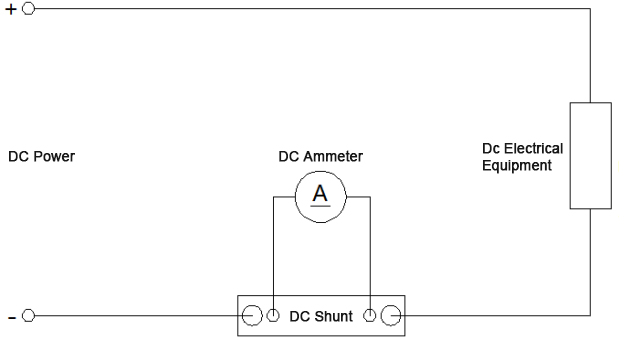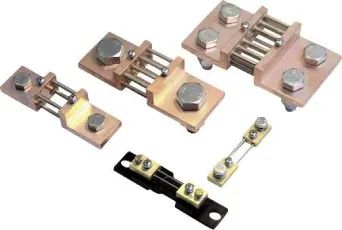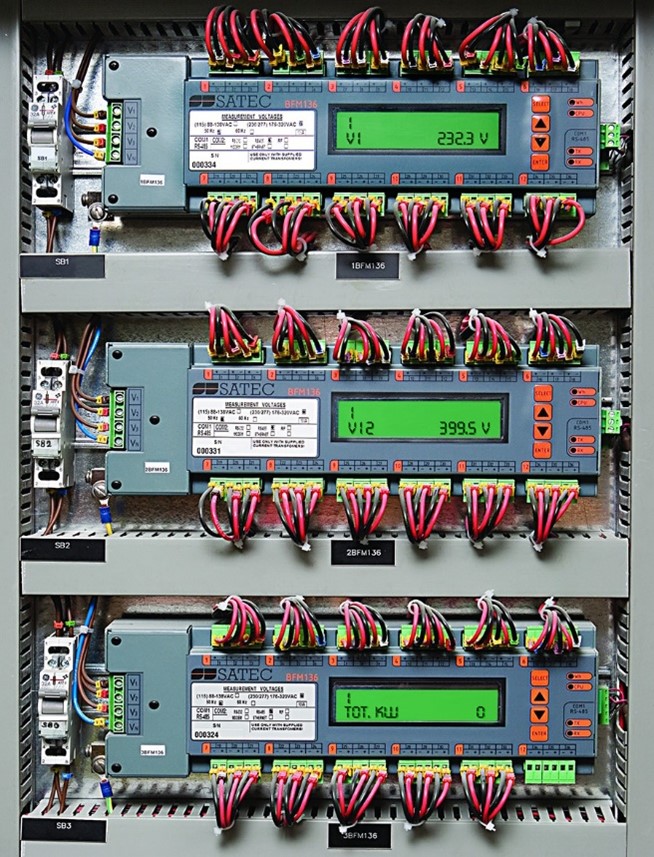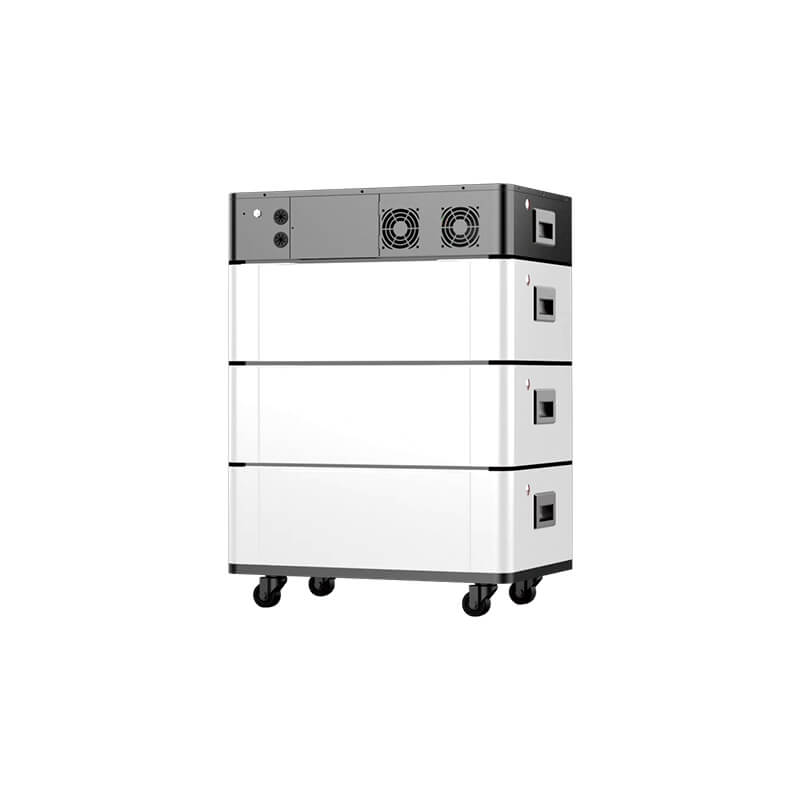It is a common technique to measure current with shunt resistor in electronics and electrical engineering. A shunt resistor is a low-value resistor connected in parallel with the load (or device) through which you want to measure the current. By measuring the voltage drop across the shunt resistor, you can calculate the current passing through it using Ohm’s Law (V = I * R), where V is the voltage, I is the current, and R is the resistance of the shunt resistor.
What is the shunt working principle?
A current shunt operates on the principle of generating a voltage across its terminals when DC current flows through it. This shunt resistor is essentially a low-resistance resistor. When DC current passes through it, a voltage drop is produced, which is then measured by a DC ammeter. In reality, this DC ammeter is more like a voltmeter. Typically, it offers various voltage ranges like 75mV, 150mV, and 300mV. The process involves using the voltmeter to measure the voltage and then converting that voltage into current to accurately measure large currents.

For low-frequency and small-amplitude current measurements, this method offers exceptional accuracy and rapid response. In industrial applications, shunt resistors are the preferred cost-effective solution for converting current signals into voltage signals when electrical isolation between the measurement circuit and the measured current is unnecessary. This approach is commonly employed in the United States and offers clear and straightforward measurements for a wide range of applications.
What are the advantages of using a shunt resistor to measure current?
The advantages of current measurement using shunt resistor include:
Can be used for high currents: Shunts are suitable for high current measurements as they are able to handle high currents without introducing excessive voltage drops. With appropriate selection, they can meet a wide range of current needs.
Accuracy: The shunt provides high-precision current measurement. Due to their low resistance and precise resistance values, they provide reliable measurement results and are suitable for precision instruments and control systems.
Fast response: Shunts can respond quickly to changes in current, making them suitable for applications that require real-time monitoring of current fluctuations, such as transient analysis in electronic circuits.
Low cost: Shunts are generally relatively inexpensive, making them an affordable current measurement solution, especially compared to other technologies such as current transformers.
Which shunts are suitable for current measurement?
The Shunt Resistor used for current measurement needs to have a low resistance value, high accuracy, stability, and the ability to adapt to a specific current range. Here are some common types of shunts suitable for different current measurement applications:
Low resistance shunt: This is the most common type and is commonly used in industrial and electronic applications. They have low resistance values, such as a few milliohms (mΩ), and are used to measure high currents, such as a few amperes (A) to hundreds of amperes. They are usually made of metal or alloy materials such as manganese copper (Manganin).
High-precision current shunts: used in applications requiring high-precision measurements, such as laboratory instrumentation, scientific research, and precision control systems. These shunts typically have tighter accuracy specifications and calibrations.
High Power Shunts: Used to measure high power loads or high current applications such as motor control and power transmission systems. They typically have greater current capacity and higher power-handling capabilities.
Precision Current Shunts: These shunts are designed for applications that require extremely high precision measurements, such as precision laboratory instrumentation, calibration equipment, and precision manufacturing.
High-Temperature Diverter: Suitable for applications in high-temperature environments, such as boilers, smelting furnaces, and high-temperature experiments. They use high-temperature-resistant materials for stability.
Small shunts: These shunts are typically smaller and suitable for use in confined spaces such as compact electronics, sensors, and mobile devices.
Universal Shunts: These are versatile shunts that can be used for a variety of medium current measurement tasks. They usually have a certain degree of versatility and flexibility.

Which resistor value is ideal for current measurement?
The ideal resistance value for an all-metal shunt is relatively easy to determine: divide the lowest measured voltage (at which a sufficiently accurate result can still be obtained) by the lowest current value of the measuring range.
Four-wire shunts are a variation of all-metal shunts in which current flows through two terminals and voltage is measured on the other two terminals. The voltage drop across the resistor can be determined using the internal Kelvin terminal, eliminating the resulting measurement error.
As for using shunt resistor to measure current, Four-wire shunts are used in two situations:
1. Relative to the measured resistance, the line and contact resistance are relatively high and cannot be ignored.
2. When the resistance value is less than 10mR since the resistance value of the conductor is also in milliohms, it must be calculated.
How to measure current with shunt resistor?
Select the Shunt Resistor: Choose a shunt resistor with a known and low resistance value. The resistance value should be small to minimize the voltage drop across it and should be accurately specified. Common shunt resistor values are in the milli-ohm (mΩ) range.
Connect the Shunt Resistor: Connect the shunt resistor in parallel with the load or device through which you want to measure the current. This means that one end of the shunt resistor is connected to the same points where the current flows and the other end is connected to the same points as your measuring instrument (usually a voltmeter).
Measure Voltage Across the Shunt Resistor: Use a voltmeter or a digital multimeter set to the voltage measurement mode. Connect the voltmeter across the shunt resistor to measure the voltage drop across it.
Calculate Current: Once you have the voltage drop (V) across the shunt resistor and you know the resistance value (R) of the shunt resistor, you can calculate the current (I) using Ohm’s Law:
I = V / R
For example, if your shunt resistor has a resistance of 0.01 ohms (10 mΩ) and the voltage drop across it is 0.1 volts, then the current would be:
I = 0.1 V / 0.01 Ω = 10 A (Amperes)
Consider Calibration: It’s essential to know the exact resistance value of the shunt resistor and calibrate your measurement system accordingly for accurate current readings.
Maintain Proper Electrical Safety: Be aware that you are working with electrical currents, so always take safety precautions. Ensure the circuit is de-energized when connecting or disconnecting the shunt resistor, and use appropriate protective equipment.
Shunt resistors are commonly used in applications like current monitoring in power electronics, battery management systems, and electrical circuit testing. When selecting a shunt resistor, it’s important to consider the expected current range, power dissipation, and accuracy requirements to ensure accurate measurements.






